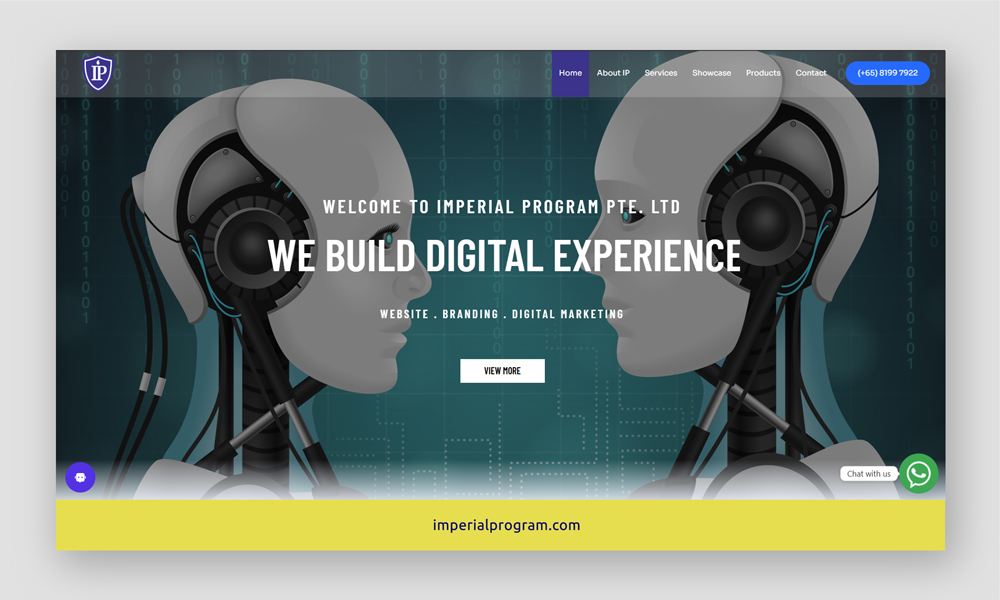
Starting your website and digital marketing journey for a new business is crucial to building an online presence. Here’s a prioritized guide to help you take the right first steps:
1. Define Your Goals and Strategy

- Set Clear Objectives: Decide whether your focus is brand awareness, lead generation, e-commerce, or customer engagement.
- Target Audience: Identify your target audience and understand their needs, behavior, and preferences.
2. Create a Professional Website

- Domain and Hosting: Choose a memorable domain name and reliable hosting service.
- User-Friendly Design: Ensure your website is intuitive, visually appealing, and mobile-friendly.
- Essential Pages: Include key pages like Home, About, Services/Products, Blog, and Contact Us.
- Fast Loading Speed: Optimize images and code for quick load times to enhance user experience.
3. Focus on Branding

- Consistent Identity: Develop a logo, color palette, and typography that reflect your brand.
- Compelling Messaging: Craft a tagline and key messages that communicate your value.
4. Optimize for Search Engines (SEO)

- Keyword Research: Find relevant keywords your audience is searching for.
- On-Page SEO: Optimize page titles, meta descriptions, headings, and content.
- Technical SEO: Ensure your site is mobile-friendly, secure (HTTPS), and fast-loading.
- Local SEO: If applicable, create a Google My Business listing to attract local customers.
5. Set Up Analytics and Tracking
![]()
- Google Analytics: Monitor website traffic and user behavior.
- Google Search Console: Track your site’s performance in search results.
- Event Tracking: Set up goals to measure actions like form submissions or product purchases.
6. Start Content Marketing

- Launch a Blog: Publish articles that address your audience’s pain points and interests.
- Repurpose Content: Use blog posts as the foundation for videos, social media posts, and email campaigns.
- Focus on Quality: Ensure all content is valuable, well-written, and visually appealing.
7. Establish a Social Media Presence

- Select Platforms: Choose 1–2 platforms where your target audience is most active.
- Consistent Posting: Regularly share promotional, educational, and engaging content.
- Engagement: Respond to comments, messages, and reviews promptly.
8. Leverage Email Marketing

- Build a List: Use website sign-up forms or lead magnets (like e-books or discounts).
- Automation: Set up welcome emails and follow-up sequences to nurture leads.
- Segmentation: Personalize email campaigns based on audience behavior and interests.
9. Run Paid Advertising Campaigns

- Test Ads: Start with small budgets on platforms like Google Ads or Facebook Ads.
- Target Specific Audiences: Use demographic and behavioral targeting to reach your ideal customers.
- Track ROI: Monitor performance and refine your campaigns for better results.
10. Monitor and Adapt

- Regular Audits: Review your website, content, and campaigns to ensure alignment with goals.
- Analyze Performance: Use data from analytics tools to identify strengths and weaknesses.
- Iterate: Continuously optimize your website and marketing efforts based on insights.
Following these priorities builds a solid foundation for your website and digital marketing journey, setting your new business up for long-term growth and success.













